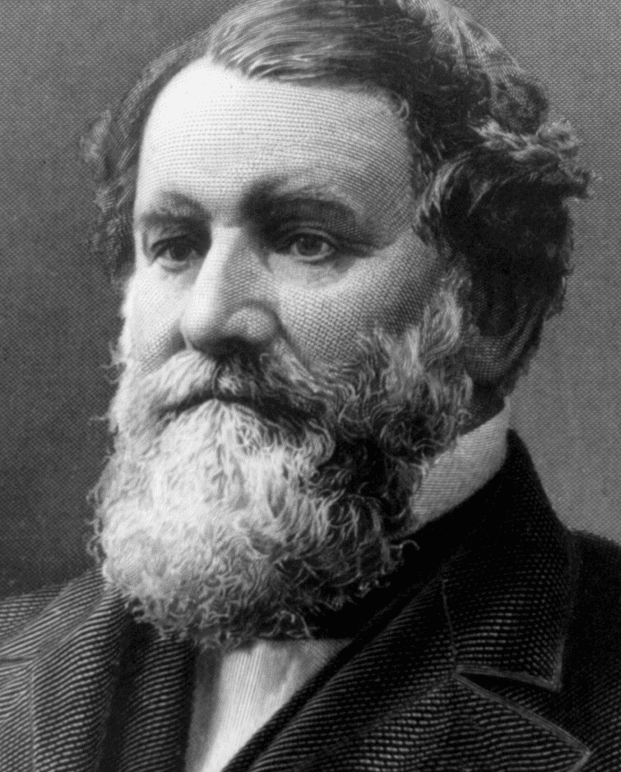
It’s October 1980 in Fort Wayne, Indiana. Fall is setting in as balmy breezes make way for autumn’s chill. It seems appropriate, as the last International Harvester Scout, number 532,674, rolls off the assembly line and 464 workers joined the ranks of the unemployed.
Low demand killed the Scout after 20 years. When SUVs begin their ascent in popularity a few years later, the Scout will not be among them — and neither will International Harvester.
Yet in a twist of fate no one could have predicted, the Scout is returning by 2026 as an all-electric brand built by Volkswagen, and its birth, death and resurrection is fascinating.
A company with deep roots
International Harvester’s roots date to 1831, when Cyrus McCormick invented the mechanical reaper, and by 1857, McCormick Harvesting Machine Co. would produce more than 23,000 annually. The company would become part of International Harvester Co., or IHC, in 1902 through a merger of McCormick Harvesting Machine Co. with Deering Harvester Co., Milwaukee Harvesting Machine Co., Plano Manufacturing Co. and Warder, Bushnell, and Glessner.
The company’s first motor vehicle came five years later. Initially offering both cars and trucks, IHC concentrated solely on trucks by 1913. The company thrived, and through sharp management, was able to survive the Great Depression. But IHC turned towards the light-duty retail market with the introduction of the 1953 International Travelall to compete with the Chevrolet Suburban. It would all pave the way for the 1961 International Scout 80, the very first competitor to the Jeep CJ.
A new market for IHC
The Scout was born from the pen of IHC’s chief designer, Ted Ornas, who thought that a small utility vehicle would complement the company’s other light-duty trucks.
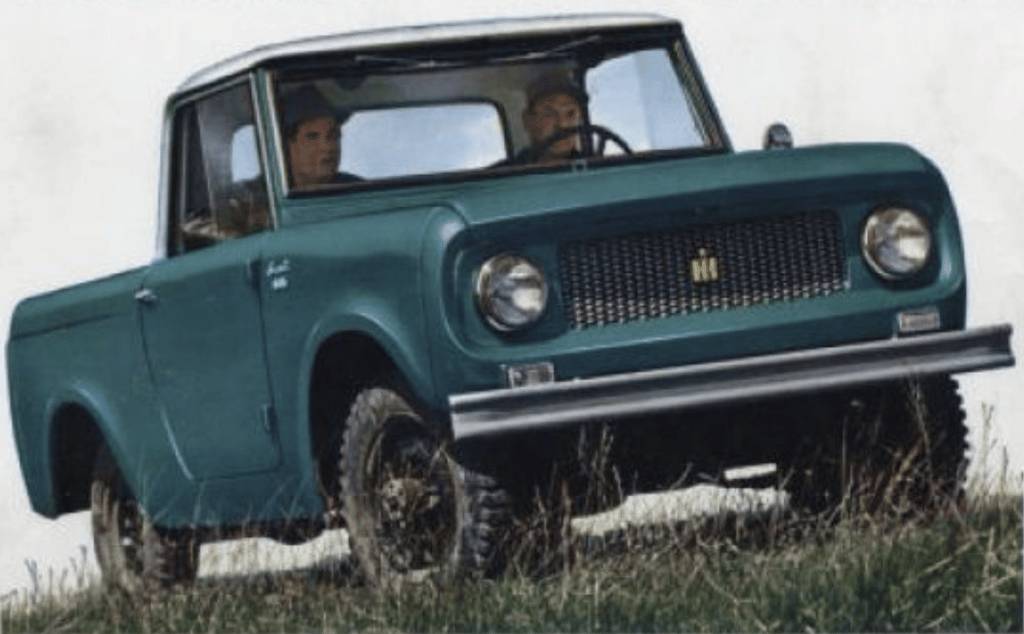
The International Scout 80 wasn’t quite a Jeep CJ competitor, as it had a three-passenger cab and integrated 5-foot bed. Budget restrictions forced the use of traditional body-on-frame construction instead of the plastic composites that were originally envisioned. It came with a Cab Top, or an optional wagon-like Travel Top, both were removable, as were the doors. The windshield could fold flat, just like in the Jeep.
Power came from the company’s “Comanche” 2.5-liter slant 4-cylinder engine, basically the right bank of IHC’s 5.0-liter V-8. Rated at 93 horsepower, power was fed through a 3-speed manual transmission to the rear wheels or all four.
Yet the Scout was envisioned as a small work vehicle, therefore was fairly spartan. Snap-in side curtains, sun visors, armrests, safety belts, a heater, cigarette lighter, radio, floor mats, turn signals, tow hooks, grille guard, trailer hitch, snow plow, dual fuel tanks and a front-mounted winch were among the options. Roll-up windows would join the list for 1962.
The Scout 80 would carry on unchanged until it was replaced by the Scout 800 in 1965, with more than 100,000 built.
When the heavily facelift Scout 800 arrived, it featured a car-like aluminum grille, and the windshield no longer folded. Windshield wipers were bottom mounted, not top mounted as on the 80. Most importantly, an optional turbocharger was optional on the Scout’s 4-cylinder engine, raising output to 111 hp.
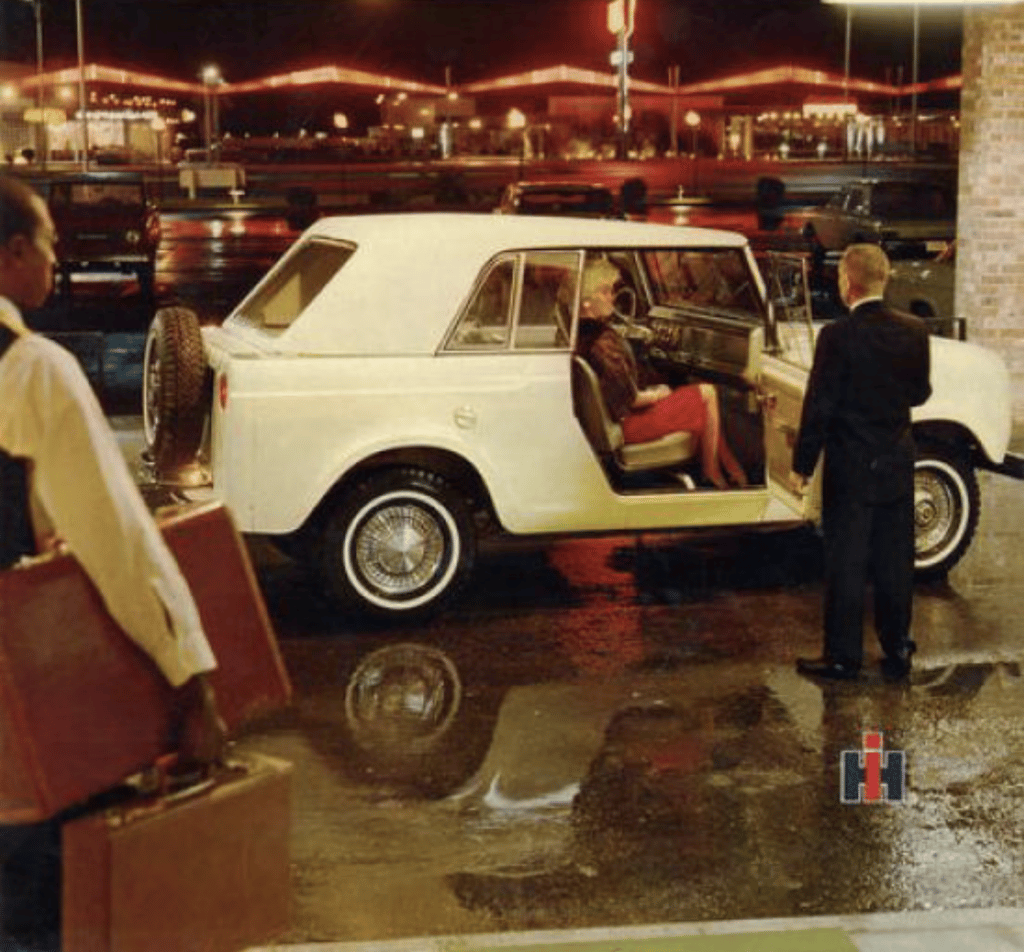
Competition heats up
By now, the Scout proven successful, true competition arrived in 1966 with the debut of the first SUV, the Ford Bronco. Ford endowed it with two rows of seats, 6- or 8-cylinder power, and noticeably more creature comforts. Similarly, Jeep added a V-6 option to the CJ and released the Jeepster Commando, a more refined SUV variant.
Thankfully, IHC had a new model up its sleeve for 1966: The Scout 800 Sportop. Offered with a slant back fiberglass hardtop or convertible top, the Scout 800 was a bit plusher and more weatherproof than previous Scouts, with front bucket seats, rear seats and a new instrument panel.
A new 3.2-liter 4-cylinder engine produced the same 111 hp as the optional turbo mill, but with 180 pound-feet of torque, an improvement from the turbo’s 166. Late in the year, IHC introduced an optional 4.4-liter V-8 that generated 155 hp and 227 lb-ft of torque. By 1969, IHC would offer a 5.0-liter V-8 rated at 180 hp and 262 lb-ft of torque.
A stouter Scout
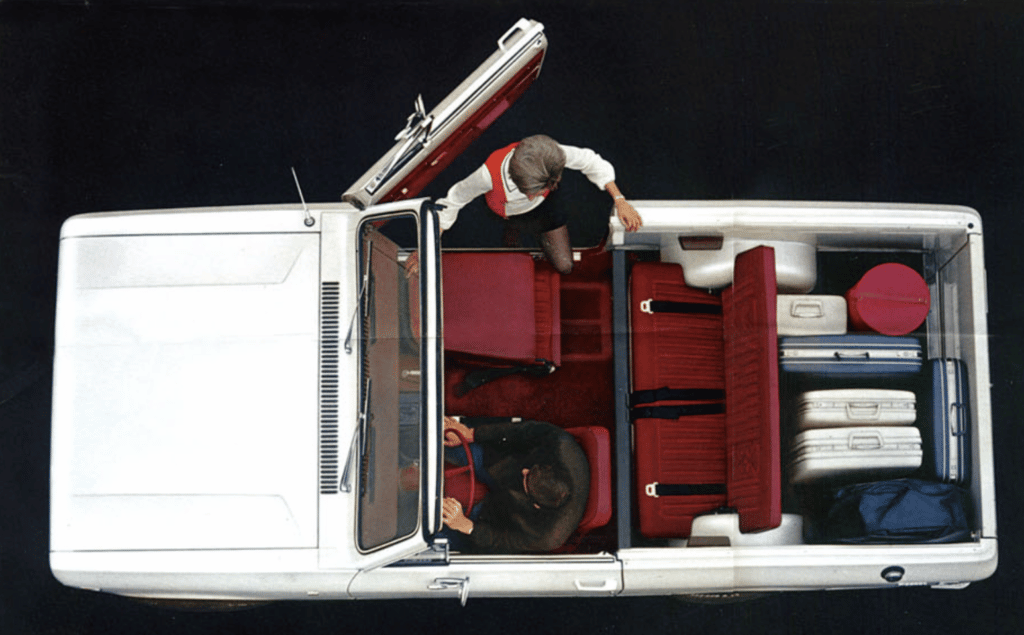
But it wouldn’t be until 1971 that the first total redesign arrived, with the vehicle renamed the Scout II.
Sharing its looks and some underpinnings with International’s line of pickup trucks, it offered amenities unavailable on previous models, like power steering, power brakes, air-conditioning, an automatic transmission, and a lower, longer body with an additional five cubic feet of cargo space.
Engine choices started with the 2.5-liter or 3.2-liter 4-cylinder, as well as an optional 145-hp 3.8-liter inline 6, 140-hp 5.0-liter V-8, or a new 5.7-liter 196-hp V-8. As before, it came with a pickup-like Cab Top or an SUV-like Travel Top, which most buyers chose. No longer a competitor of the Jeep CJ-5, the larger Scout II rivaled Jeep’s Wagoneer and Cherokee.
The Scout II’s line underwent only minor alterations until 1976, when a long-wheelbase Scout appeared as the Terra pickup or Traveler wagon as IHC’s other light-duty trucks were discontinued as executives decided to focus on heavy-duty trucks. That same year, Nissan’s 92-hp 3.2-liter diesel engine was a new option. The following year, IHC unveiled the SS-II to align the Scout more closely to the Jeep CJ-5. Aside from a Nissan turbo-diesel in 1980, the Scout soldier go on unchanged until its end.
The end of the Scout, and IHC
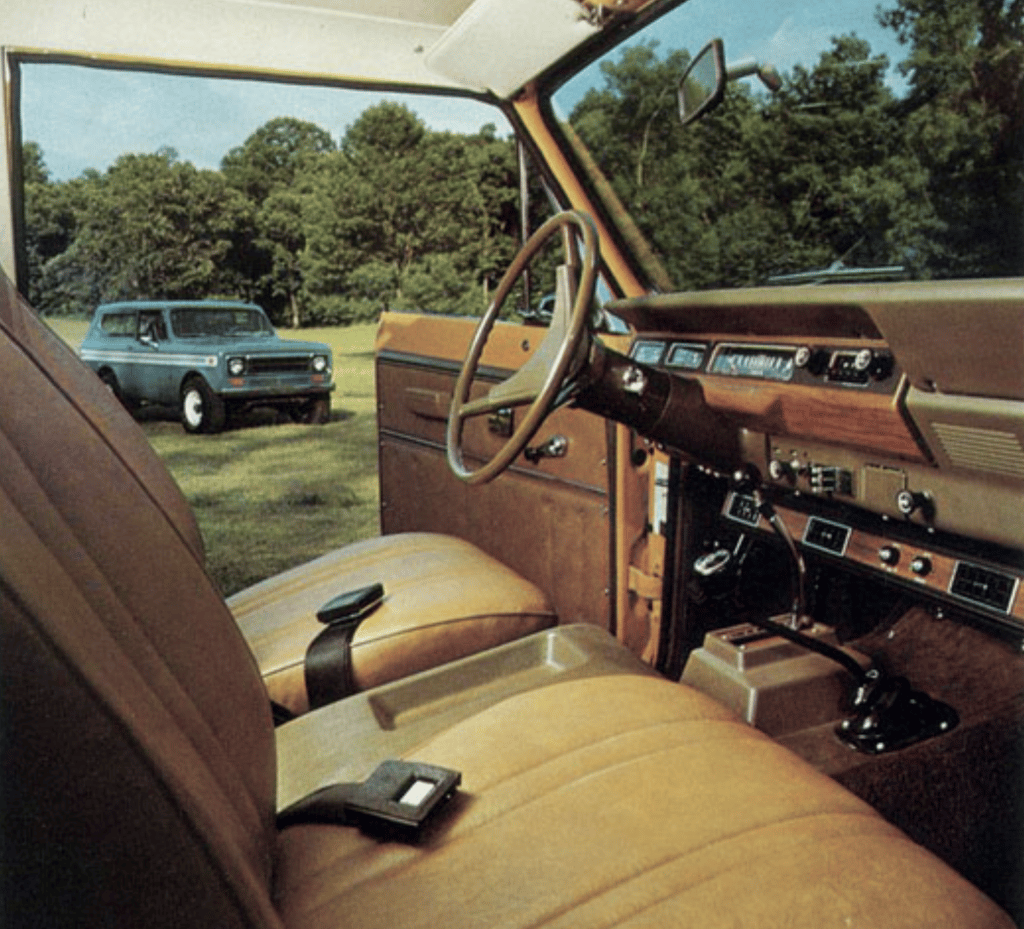
Behind the scenes, however, things weren’t going well.
The company had a history of troubled labor relations. One of the worst labor conflicts in American history, the Haymarket Square riot, was started in 1886 as a result of a strike at the McCormick Harvester Co. plant in Chicago. Another far less bloody strike broke out on Nov. 1, 1979, causing a 172-day shutdown of IHC plants, crippling the company, which sought bank loans to survive. It’s against this backdrop that management decided to stop producing the Scout II in October 1980.
But IHC survived, even as a severe recession and high interest rates impacted the markets it supplied, including construction, agriculture, and heavy vehicles. The company had carried a heavy debt load since the early 1970s, despite being number two in the agricultural equipment to John Deere, and the top American manufacturer of heavy-duty trucks. A series of executives tried to fix the company, but it was too late.
Entering bankruptcy in 1985, the farm equipment business was sold to long-time competitor J. I. Case, part of CNH Industrial, a Dutch company controlled by Italy’s Agnelli family. Truck manufacturing continued, its remnants renamed Navistar.
In 2021, Traton, the truck division of Volkswagen, acquired Navistar for $3.7 billion, giving VW access to the Scout name, which VW plans to reintroduce on an all-electric SUV by 2026.


:strip_icc():format(webp)/kly-media-production/medias/1564067/original/014467400_1491964869-Travel-2.jpg)

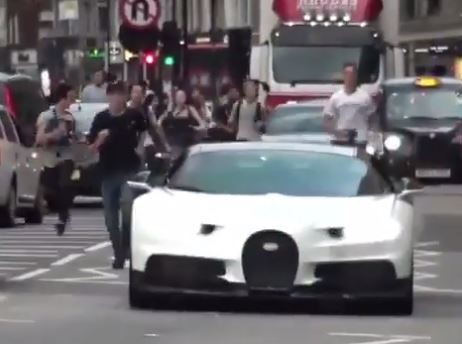
More Stories
Car Bulbs: 5 Interesting Facts You Need To Know About LED Car Bulbs
Tech Cars, A Dream Project or Worst Nightmare?
Surviving Loss and Thriving Again